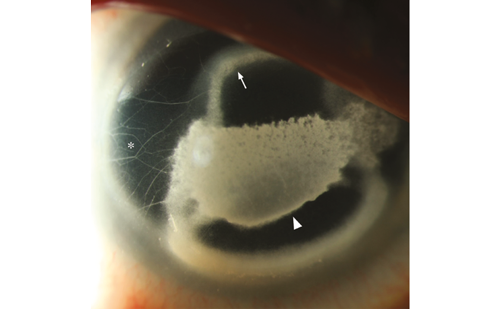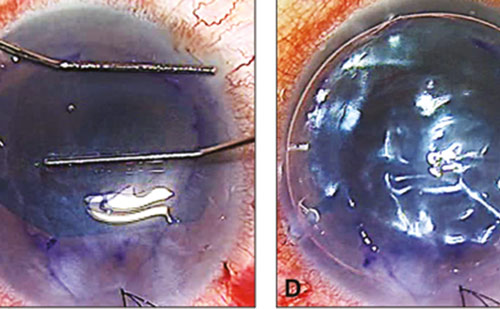This edition of European Ophthalmic Review looks at the provision of eye care to one of the more desolate and unreachable parts of the world – the Himalayas. In addition, the ‘International Health’ section looks at ethnic differences in diseases such as Stevens-Johnson syndrome.
From providing the most basic of care in the most difficult of situations, we jump to nanotechnology and the use of this fascinating technology, which has yet to really factor in ophthalmic treatments, for gene delivery to the eye. Nanotechnology is likely to be used extensively with time and we need to be aware of its capabilities.
One of my areas of interest is pseudoaccomodation following cataract surgery – perhaps the holy grail of refractive cataract surgeons. Previous editions of European Ophthalmic Review have looked at the AkkoLens accommodating implant, and this edition addresses the WIOL-CF accommodating lens. There are good data on single optic accommodating lenses such as the Lenstec Tetraflex, the Bausch & Lomb Crystalens and the HumanOptics 1CU and dual optic lenses such as the Visuogen Synchrony lens, which enables us to establish how well these new lenses really perform. It is important that these lenses are critically assessed for effectiveness so that we know how to advise our patients correctly.
Also discussed is the role of some relatively recently available drugs. The use of anti-vascular endothelial growth factor (VEGF) for adjunctive treatment of rubeosis iridis and neovascular glaucoma is discussed. In addition, the role of a tumour necrosis factor (TNF) blocker for paediatric uveitis is examined. These new types of drug, while very effective in certain conditions, have major cost implications within ophthalmology, and considerable extra funding will be needed to provide these drugs for our patients.
This edition also contains some practical advice from Kuhn and Pelayes on the management of globe rupture, a subject that is often learned without much didactic teaching and where experience of many cases may be limited. Thus, this is a very helpful resource. Other surgical articles in this edition include discussions on whether there is any evidence for intervention in childhood epiphora and the best management of proximal nasolacrimal duct obstruction. The article by Gombos looks at improving the experience of our cataract surgery patients, while Ziahosseini discusses anticoagulation in vitreoretinal surgery. These are excellent practical updates for busy ophthalmologists.
This issue of European Ophthalmic Review once again provides a diverse set of articles from leaders in their field, providing everything from practical discussions to visions of the future. The editors hope you enjoy them.













